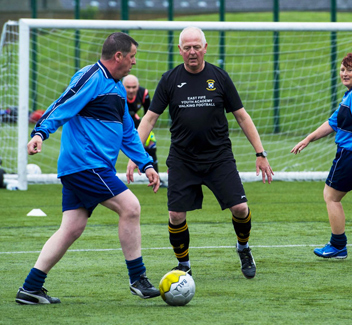Developing Community
Sports Organisations
The Carrington House approach to Sport and Physical Activity Development
is designed to generate Social and Economic value, and Sporting Improvements.
Through alternative funding channels created by a shift in society’s relationship
with community organisations.
Growing Community Sports
Organisations as Social Enterprises
Improving Sport and Physical Activity development is designed to generate greater social value through accessing alternative funding channels, created by a shift in society’s relationship with community.
This altered perspective looks to increase levels of physical activity whilst re-aligning Community Sports Organisations (CSOs) as health and wellbeing hubs supporting communities and sport.
This re-focus on social impact offers access to different investment streams, by addressing local needs including community cohesion, wellbeing and economic growth, thereby increasing the social value required by social funders.

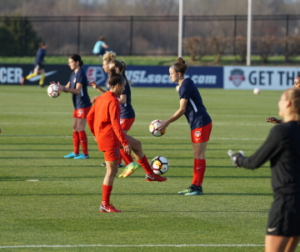

Expanding your sports facilities
A more business-like approach to the delivery of physical activity in a community setting will provide the income streams, grants and social investment needed to improve sports facilities.
Multi-purpose facilities would be designed to accommodate a new range of complementary activities delivered by comprehensive health and wellbeing partnerships, through community programmes in local settings.
A vibrant community sports organisation encompassing health & wellbeing and physical activity, introduces a unique offer, that is recognised as a key element in addressing complex societal needs, as highlighted in Sporting Future – A New Strategy for an Active Nation, and encapsulated by the information below.
At the heart of this new strategy sit
five simple but fundamental outcomes:
These 5 governmental outcomes need to be incorporated into the planning of future Community Sport
developments by identifying income streams that fulfil the objectives of these cross-cutting agendas.

Physical
Health
Physical Health improvements when they participate in Walking Football and Walking Netball achieving either physical objectives or simply volunteering.

Mental
Health
Mental Health benefits for people when they participate in Walking Football and Walking Netball particularly those suffering from Agoraphophgia and loneliness.

Individual
Development
Individual Development can be viewed through the lens of participation or contribution by achieving either physical objectives or simply volunteering.

Social & Community
Development
Coaching Communities is designed to achieve social and economic objectives through contributing to the health of the wider community.

Economic
Development
Shared Value provides a rationale for business working with community organisations as it creates a financial return through measurable indices around added value for both sectors.
Source: Sporting Future
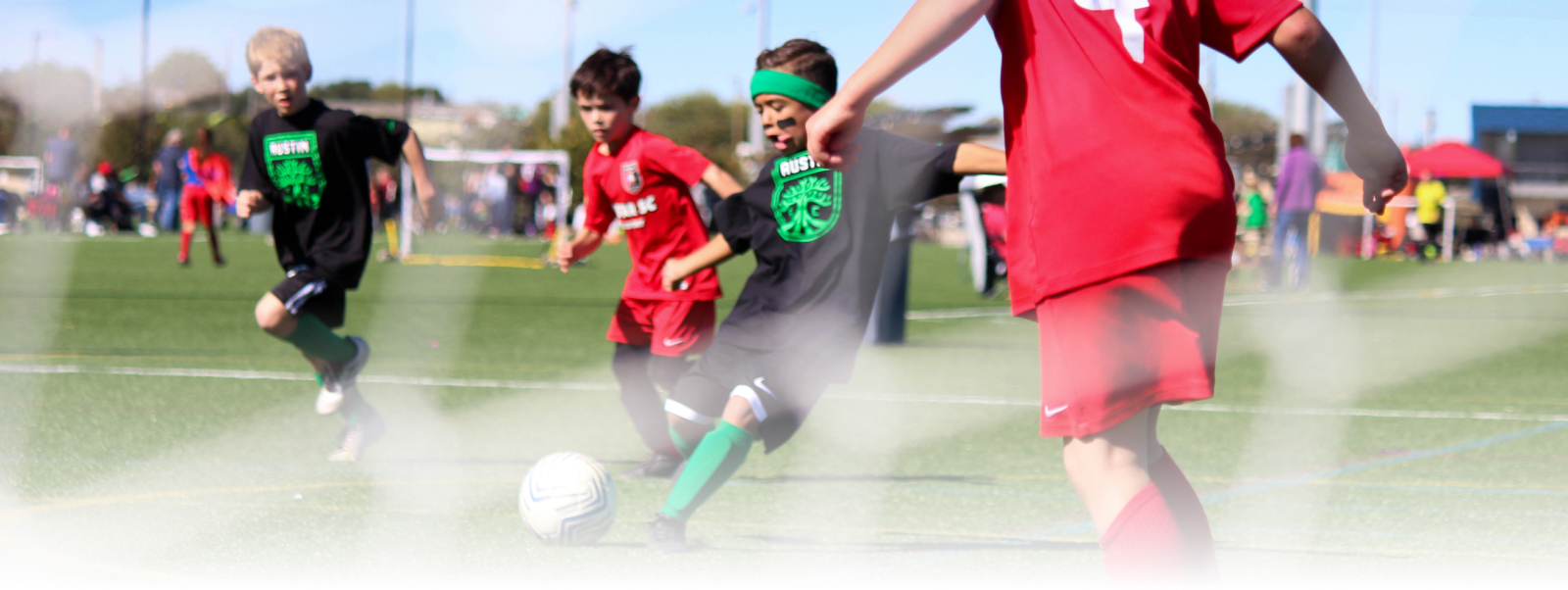
Post Covid Recovery - Individual Health & Wellbeing and Organisational Recovery
Programmes led by the community sports organisations with support from local health centres, the local CCGs and the NHS along with Coaching Communities will provide the necessary skill set to enable community clubs to create health partnerships.
This provides a health and wellbeing service for the local community that generates enhanced income streams that will support organisational growth by providing sustainability post-Covid.
‘Reversing the growing levels of physical inactivity amongst young people is a seismic challenge’..
Dame Sue Campbell – Unlocking Potential 2015
There is a growing trend of physical activity which improves balance, flexibility, and mental health resulting in an enhanced quality of life, with numerous studies indicating that physical activity is an important factor in preventing osteopenia and osteoporosis…
Health Consequences of Physical Inactivity in Women (2017)
Physical activity in a social setting also addresses issues such as loneliness, which have become more prevalent as the family unit has diversified. Enhanced facilities not only generate space for physical activity but its design would promote innovative social areas with US research concluding that a lack of social relationships is as strong a risk factor for mortality as are smoking, obesity or lack of physical activity.
Loneliness and Social Isolation as Risk Factors for Mortality: (2015)
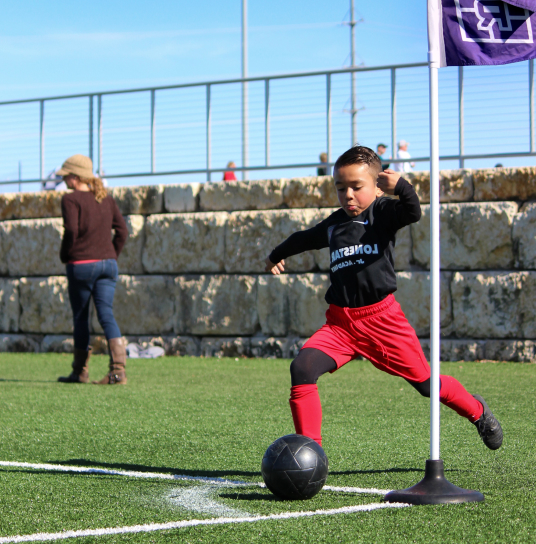

Whilst there is a moral justification for focusing on these social sectors, accessing social investment for improved facilities also creates a balanced programme with underserved groups needing access during periods of under-utilisation by ‘peak’ members.
Start your
growth today!
If you want to grow your organisation in a planned way, rather than relying on chasing grants each year then give us a call!



